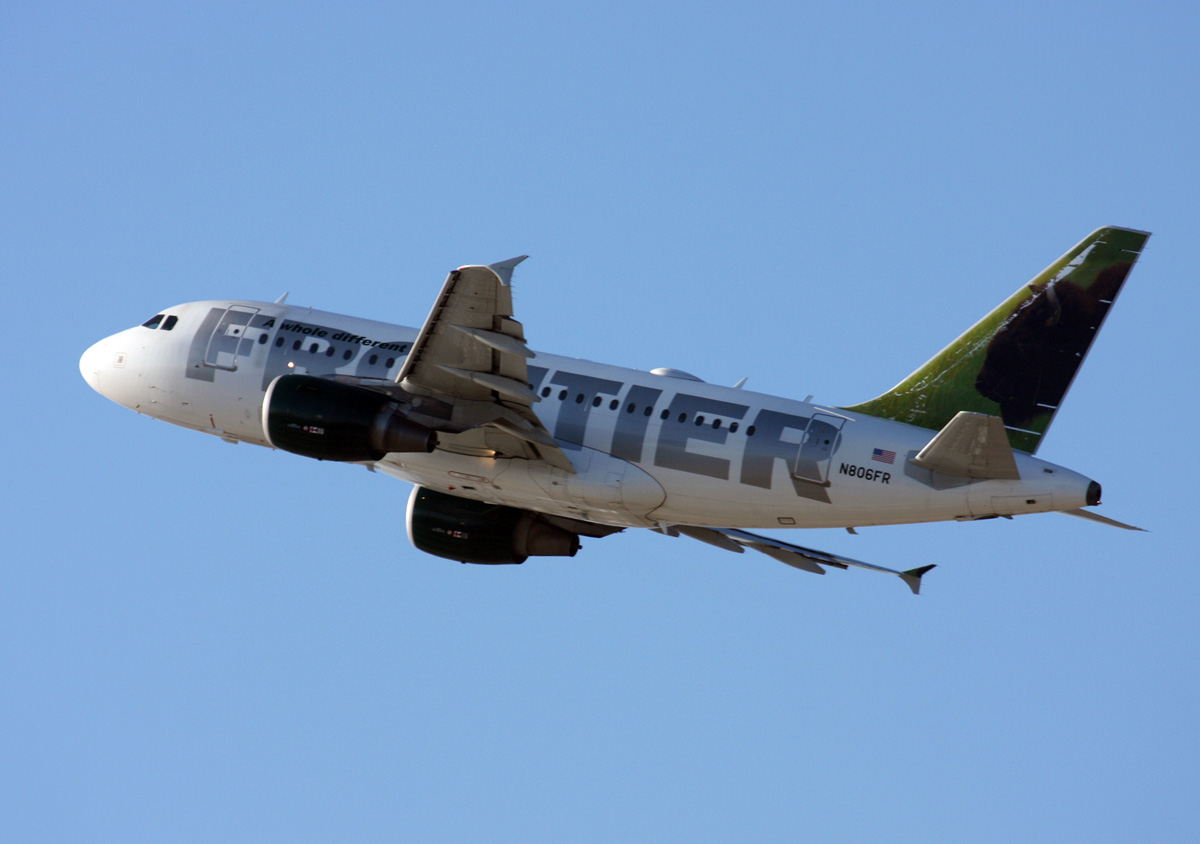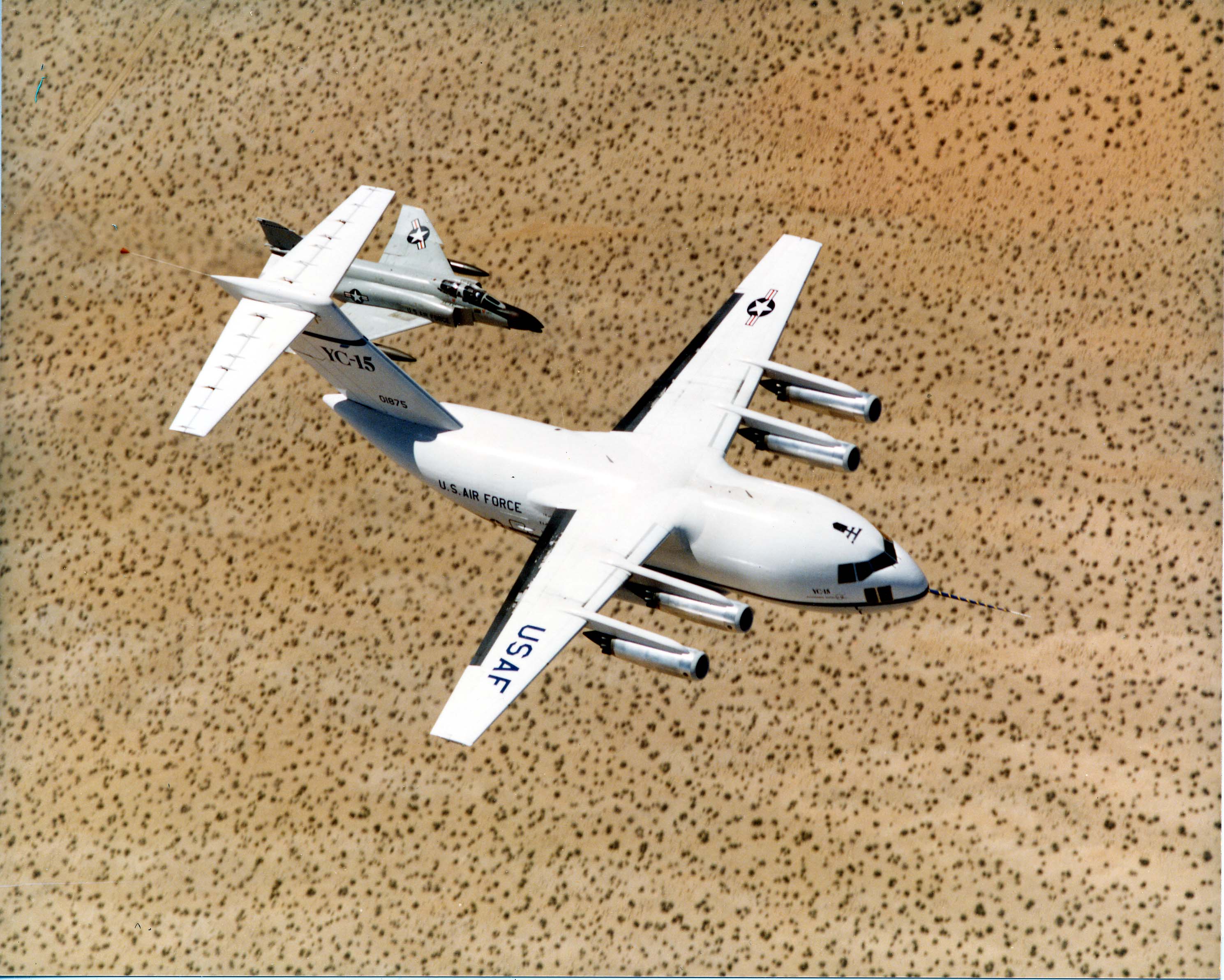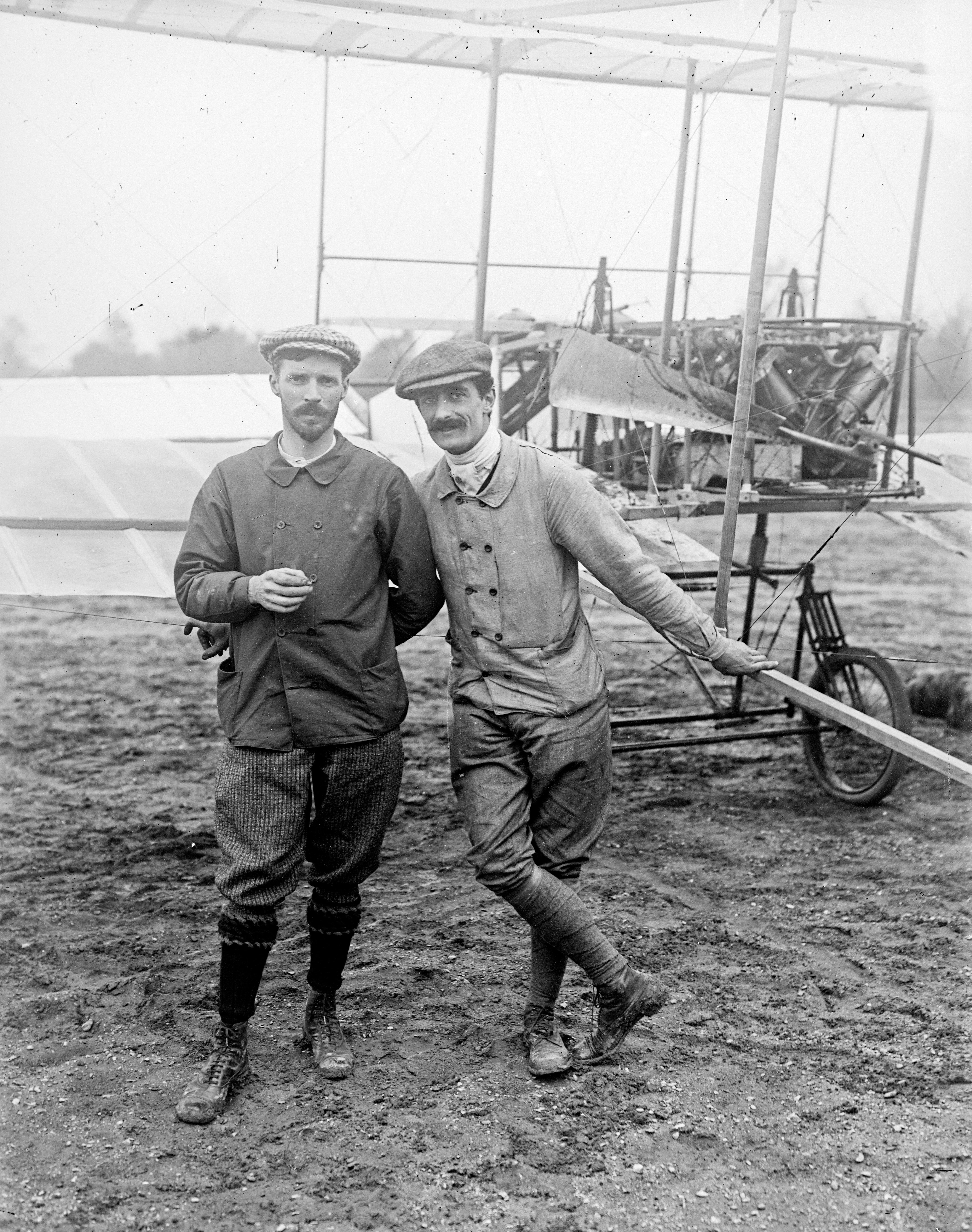|
Taxiing
Taxiing (rarely spelled taxying) is the movement of an aircraft on the ground, under its own power, in contrast to towing or pushback (aviation), pushback where the aircraft is moved by a tug. The aircraft usually moves on wheels, but the term also includes aircraft with skis or Buoyancy, floats (for water-based travel). An airplane uses taxiways to taxi from one place on an airport to another; for example, when moving from a hangar to the runway. The term "taxiing" is not used for the accelerating run along a runway prior to takeoff, or the decelerating run immediately after landing, which are called the takeoff roll and landing rollout, respectively; however, aircraft are considered to be taxiing when they leave the runway after landing to travel to a gate (airport), gate or remote stand for disembarkment. Etymology As early as 1909 aviation journalists envisioned aeroplanes to replace the taxicab in traffic-congested cities. Some aviators and some linguists report t ... [...More Info...] [...Related Items...] OR: [Wikipedia] [Google] [Baidu] |
Taxiway
A taxiway is a path for aircraft at an airport connecting runways with Airport apron, aprons, hangars, Airport terminal, terminals and other facilities. They mostly have a hard surface such as Asphalt concrete, asphalt or concrete, although smaller general aviation airports sometimes use gravel or grass. Most airports do not have a specific speed limit for taxiing (though some do). There is a general rule on safe speed based on obstacles. Operators and aircraft manufacturers might have limits. Typical taxi speeds are . High-speed exit Busy airports typically construct high-speed or rapid-exit taxiways to allow aircraft to leave the runway at higher speeds. This allows the aircraft to vacate the runway quicker, permitting another to land or take off in a shorter interval of time. This is accomplished by reducing the angle the exiting taxiway intercepts the runway at to 30 degrees, instead of 90 degrees, thus increasing the speed at which the aircraft can exit the runway onto t ... [...More Info...] [...Related Items...] OR: [Wikipedia] [Google] [Baidu] |
Nose Gear
Landing gear is the undercarriage of an aircraft or spacecraft that is used for taxiing, takeoff or landing. For aircraft, it is generally needed for all three of these. It was also formerly called ''alighting gear'' by some manufacturers, such as the Glenn L. Martin Company. For aircraft, Stinton makes the terminology distinction ''undercarriage (British) = landing gear (US)''. For aircraft, the landing gear supports the craft when it is not flying, allowing it to take off, land, and taxi without damage. Wheeled landing gear is the most common, with skis or Seaplane, floats needed to operate from snow/ice/water and skids for vertical operation on land. Retractable undercarriages fold away during flight, which reduces drag (physics), drag, allowing for faster airspeeds. Landing gear must be strong enough to support the aircraft and its design affects the weight, balance and performance. It often comprises three wheels, or wheel-sets, giving a tripod effect. Some unusual land ... [...More Info...] [...Related Items...] OR: [Wikipedia] [Google] [Baidu] |
Louis Blériot
Louis Charles Joseph Blériot ( , also , ; 1 July 1872 – 1 August 1936) was a French aviator, inventor, and engineer. He developed the first practical headlamp for cars and established a profitable business manufacturing them, using much of the money he made to finance his attempts to build a successful aircraft. Blériot was the first to use the combination of hand-operated joystick and foot-operated rudder control as used to the present day to operate the aircraft flight control system, aircraft control surfaces. Blériot was also the first to make a working, powered, piloted monoplane.Gibbs-Smith 1953, p. 239 In 1909 he became world-famous for making the first aeroplane flight across the English Channel, winning the prize of £1,000 offered by the ''Daily Mail'' newspaper. He was the founder of Blériot Aéronautique, a successful aircraft manufacturing company. Early years Born at No.17h rue de l'Arbre à Poires (now rue Sadi-Carnot) in Cambrai, Louis was the first of five ... [...More Info...] [...Related Items...] OR: [Wikipedia] [Google] [Baidu] |
Runway
In aviation, a runway is an elongated, rectangular surface designed for the landing and takeoff of an aircraft. Runways may be a human-made surface (often asphalt concrete, asphalt, concrete, or a mixture of both) or a natural surface (sod, grass, soil, dirt, gravel, ice, sand or road salt, salt). Runways, taxiways and Airport apron, ramps, are sometimes referred to as "tarmac", though very few runways are built using Tarmacadam, tarmac. Takeoff and landing areas defined on the surface of water for seaplanes are generally referred to as waterways. Runway lengths are now International Civil Aviation Organization#Use of the International System of Units, commonly given in meters worldwide, except in North America where feet are commonly used. History In 1916, in a World War I war effort context, the first concrete-paved runway was built in Clermont-Ferrand in France, allowing local company Michelin to manufacture Bréguet Aviation military aircraft. In January 1919, aviation p ... [...More Info...] [...Related Items...] OR: [Wikipedia] [Google] [Baidu] |
Airbus A320 Family
The Airbus A320 family is a series of narrow-body airliners developed and produced by Airbus. The A320 was launched in March 1984, first flew on 22 February 1987, and was introduced in April 1988 by Air France. The first member of the family was followed by the stretched A321 (first delivered in January 1994), the shorter A319 (April 1996), and the shortest variant, the A318 (July 2003). Final assembly takes place in Toulouse in France; Hamburg in Germany; Tianjin in China since 2009; and Mobile, Alabama, in the United States since April 2016. The twinjet has a six-abreast economy cross-section and came with either CFM56-5A or -5B, or IAE V2500 turbofan engines, except the A318. The A318 has either two CFM56-5B engines or a pair of PW6000 engines in place of the IAE V2500. The family pioneered the use of digital fly-by-wire and side-stick flight controls in airliners. Variants offer maximum take-off weights from , to cover a range. The 31.4 m (103 ft) ... [...More Info...] [...Related Items...] OR: [Wikipedia] [Google] [Baidu] |
Pushback (aviation)
In aviation, pushback is an airport procedure during which an aircraft is pushed backwards away from its parking position, usually at an airport Gate (airport), gate by external power. Pushbacks are carried out by special, low-profile vehicles called ''pushback tractors'' or ''tugs''. Although many aircraft are capable of moving themselves backwards on the ground using reverse thrust (a procedure referred to as a ''powerback),'' the resulting jet blast or prop wash would cause increased noise, damage to the terminal building or equipment, and can cause injury to airport staff due to flying debris. This debris would also be sucked into the engine, as it is in normal use, and cause excessive wear - a major cause of wear on aircraft engines is during ground use. A pushback is therefore the preferred method when ground-handling aircraft. Definition International Air Transport Association, IATA defines aircraft pushback as "rearward moving of an aircraft from a parking position to a t ... [...More Info...] [...Related Items...] OR: [Wikipedia] [Google] [Baidu] |
Boeing C-17 Globemaster III
The McDonnell Douglas/Boeing C-17 Globemaster III is a large military transport aircraft developed for the United States Air Force (USAF) between the 1980s to the early 1990s by McDonnell Douglas. The C-17 carries forward the name of two previous piston-engined military cargo aircraft, the Douglas C-74 Globemaster and the Douglas C-124 Globemaster II. The C-17 is based upon the McDonnell Douglas YC-15, YC-15, a smaller prototype airlifter designed during the 1970s. It was designed to replace the Lockheed C-141 Starlifter, and also fulfill some of the duties of the Lockheed C-5 Galaxy. The redesigned airlifter differs from the YC-15 in that it is larger and has swept wings and more powerful engines. Development was protracted by a series of design issues, causing the company to incur a loss of nearly US$1.5 billion on the program's development phase. On 15 September 1991, roughly one year behind schedule, the first C-17 performed its maiden flight. The C-17 formally entered USAF ... [...More Info...] [...Related Items...] OR: [Wikipedia] [Google] [Baidu] |
Thrust Reversal
Thrust reversal, also called reverse thrust, is the temporary diversion of an aircraft engine's thrust for it to act against the forward travel of the aircraft, providing deceleration. Thrust reverser systems are featured on many jet aircraft to help slow down just after touch-down, reducing wear on the brakes and enabling shorter landing distances. Such devices affect the aircraft significantly and are considered important for safe operations by airlines. There have been accidents involving thrust reversal systems, including fatal ones. Reverse thrust is also available on many Propeller (aircraft), propeller-driven aircraft through reversing the Variable-pitch propeller (aeronautics), controllable-pitch propellers to a negative angle. The equivalent concept for a ship is called astern propulsion. Principle and uses A landing roll consists of touchdown, bringing the aircraft to taxi speed, and eventually to a complete stop. However, most commercial jet engines continue to prod ... [...More Info...] [...Related Items...] OR: [Wikipedia] [Google] [Baidu] |
Gabriel Voisin
Gabriel Voisin (; 5 February 1880 – 25 December 1973) was a French aviation pioneer and the creator of Europe's first manned, engine-powered, heavier-than-air aircraft capable of a sustained (1 km), circular, controlled flight, which was made by Henry Farman on 13 January 1908 near Paris, France. During World War I, the company founded by Voisin became a major producer of military aircraft, notably the Voisin III. Subsequently, he switched to the design and production of luxury automobiles under the name Avions Voisin. Early life Gabriel Voisin was born on 5 February 1880 in Belleville-sur-Saône, France, and his brother Charles Voisin, two years younger than him, was his main childhood companion. When his father abandoned the family, his mother, Amélie, took her sons to Neuville-sur-Saône, where they settled near her father's factory. Their grandfather, Charles Forestier, took charge of the boys' education with military rigor. The boys also went for expeditions alo ... [...More Info...] [...Related Items...] OR: [Wikipedia] [Google] [Baidu] |
Airbus Airliners Lined Up At Chengdu
Airbus SE ( ; ; ; ) is a Pan-European aerospace corporation. The company's primary business is the design and manufacturing of commercial aircraft but it also has separate defence and space and helicopter divisions. Airbus has long been the world's leading helicopter manufacturer and, in 2019, also emerged as the world's biggest manufacturer of airliners. The company was incorporated as the European Aeronautic Defence and Space Company (EADS) in the year 2000 through the merger of the French Aérospatiale-Matra, the German DASA and Spanish CASA. The new entity subsequently acquired full ownership of its subsidiary, ''Airbus Industrie GIE'', a joint venture of European aerospace companies originally incorporated in 1970 to develop and produce a wide-body aircraft to compete with American-built airliners. EADS rebranded itself as ''Airbus SE'' in 2015. Reflecting its multinational origin, the company operates major offices and assembly plants in France, Germany, Spain, and th ... [...More Info...] [...Related Items...] OR: [Wikipedia] [Google] [Baidu] |
Pushback (aviation)
In aviation, pushback is an airport procedure during which an aircraft is pushed backwards away from its parking position, usually at an airport Gate (airport), gate by external power. Pushbacks are carried out by special, low-profile vehicles called ''pushback tractors'' or ''tugs''. Although many aircraft are capable of moving themselves backwards on the ground using reverse thrust (a procedure referred to as a ''powerback),'' the resulting jet blast or prop wash would cause increased noise, damage to the terminal building or equipment, and can cause injury to airport staff due to flying debris. This debris would also be sucked into the engine, as it is in normal use, and cause excessive wear - a major cause of wear on aircraft engines is during ground use. A pushback is therefore the preferred method when ground-handling aircraft. Definition International Air Transport Association, IATA defines aircraft pushback as "rearward moving of an aircraft from a parking position to a t ... [...More Info...] [...Related Items...] OR: [Wikipedia] [Google] [Baidu] |










